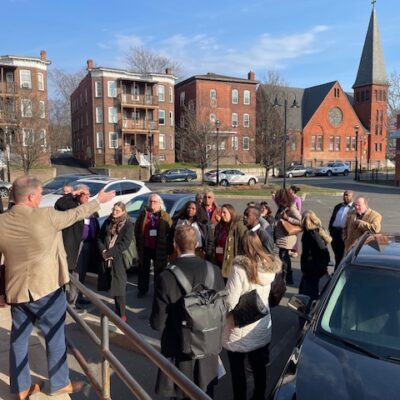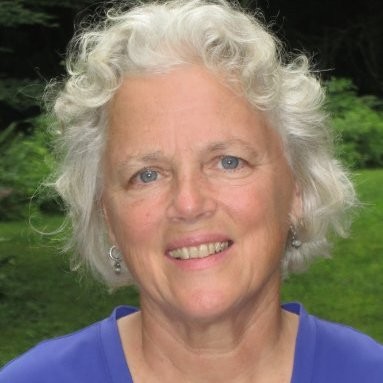A congregation of state officials gathered in Connecticut’s state capitol over the weekend for a 2-day policy summit to exchange ideas about one of the major problems affecting the east – housing affordability.
Policy leaders from 9 states, 2 Canadian provinces, and the Virgin Islands met, broke bread together, and shared the challenges and solutions from their respective states during multiple hearing-style panels featuring esteemed experts in the field.
Senate Majority Leader Bob Duff opened Friday’s program by welcoming attendees to a tour of Hartford’s Billings Forge affordable housing development, a 113-unit mixed-income apartment complex offering workforce development programs and after-school activities for residents. Cory Fellows, vice president of development at Preservation of Affordable Housing, led the tour and shared insights about how his team redeveloped the property. One point was made clear: affordable housing developments are not a blight on the neighborhood. 
The tour was followed by a panel session on the financial costs and challenges facing developers who build affordable housing, where Fellows was joined by Brandon McGee, deputy commissioner of housing in Connecticut, and Nandini Natarajan, chief executive officer for Connecticut’s Housing Finance Authority. The discussion was moderated by Representative Eleni Kavros DeGraw, co-chair of Connecticut’s Planning and Development Committee and a 2023 Eastern Leadership Academy fellow. Natarajan recalled significant findings from a recently conducted housing needs assessment, and noted the challenges of securing land that is free of contaminants and ready for development. After highlighting the Department of Housing’s efforts to educate constituents on tools for finding affordable housing, McGee emphasized inadequate infrastructure as an obstacle to building more housing in municipalities that would welcome new development. There was a dinner reception on Friday evening, where Commissioner Seila Mosquera-Bruno briefly highlighted key housing initiatives in Connecticut during her welcoming remarks.




 Former New Hampshire State Representative Suzanne Smith passed away over the weekend.
Former New Hampshire State Representative Suzanne Smith passed away over the weekend.